A coastline or a seashore is the area where land meets the sea or ocean. A precise line that can be called a coastline cannot be determined due to the Coastline paradox.
The term “coastal zone” is a region where interaction of the sea and land processes occurs. Both the terms coast and coastal are often used to describe a geographic location or region.
A pelagic coast refers to a coast which fronts the open ocean, as opposed to a more sheltered coast in a gulf or bay. A shore, on the other hand, can refer to parts of the land which adjoin any large body of water, including oceans (sea shore) and lakes (lake shore). Similarly, the somewhat related term “bank” refers to the land alongside or sloping down to a river (riverbank) or to a body of water smaller than a lake. “Bank” is also used in some parts of the world to refer to an artificial ridge of earth intended to retain the water of a river or pond; in other places this may be called a levee.
While many scientific experts might agree on a common definition of the term “coast”, the delineation of the extents of a coast differ according to jurisdiction, with many scientific and government authorities in various countries differing for economic and social policy reasons. According to the UN atlas, 44% of people live within 150 kilometres (93 miles) of the sea
1 | Italy
2 | Ireland
3 | Vietnam
4 | Antarctica
5 | Scotland
6 | Greece
7 | Morocco
8 | Norway
9 | Iceland
10 | Thailand
11 | South Africa
12 | California, USA
13 | Brazil
14 | Australia
15 | Spain
16 | Portugal
17 | Argentina
18 | New England
19 | Oman
20 | Mexico
21 | France
Photos Courtesy: Buzzfeed & Shutterstock




















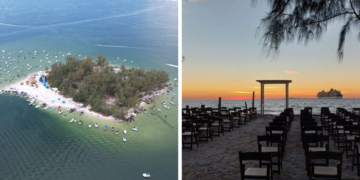
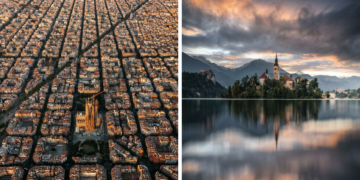
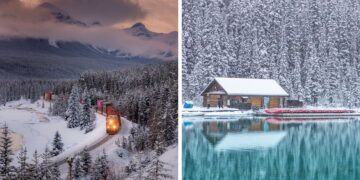


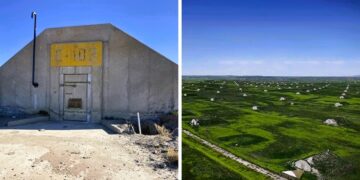








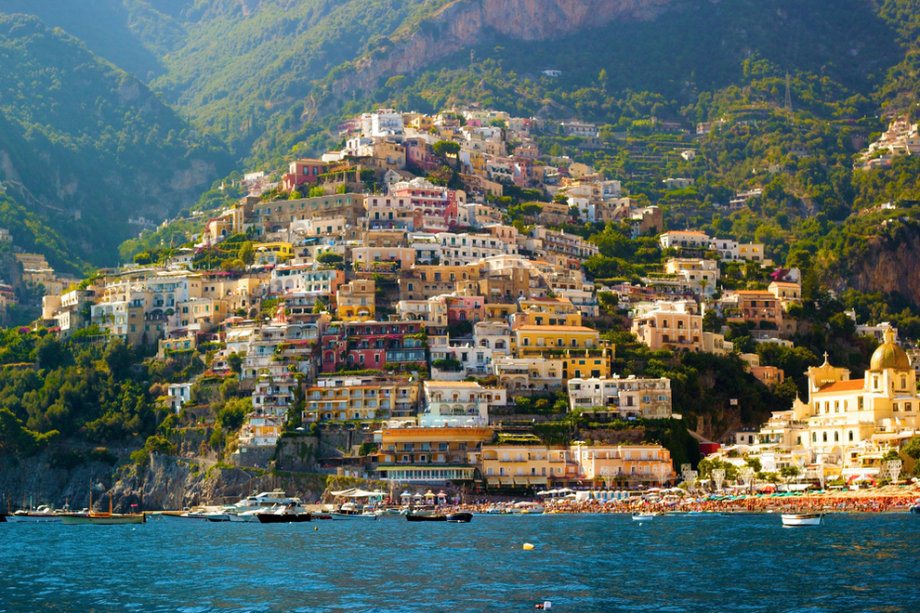











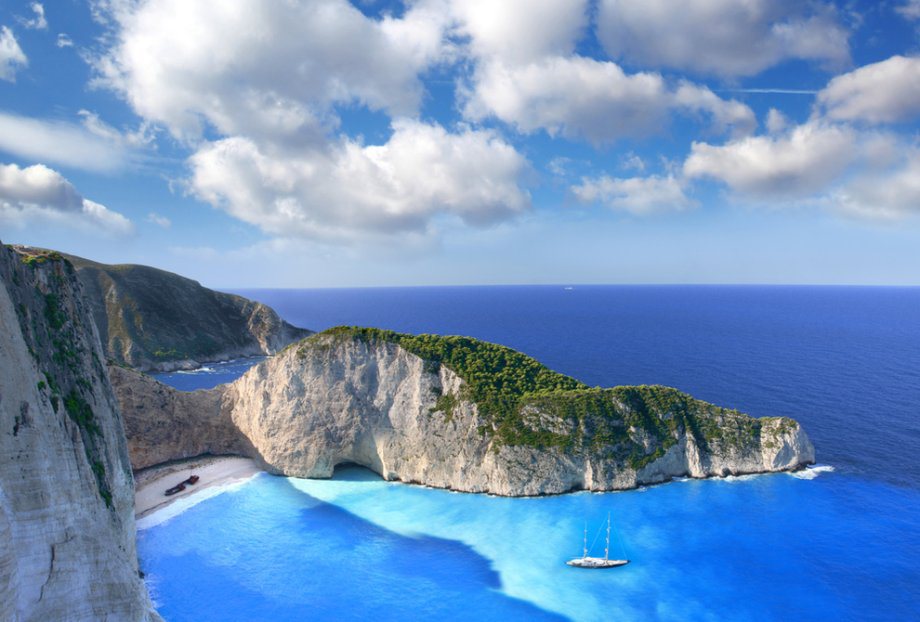


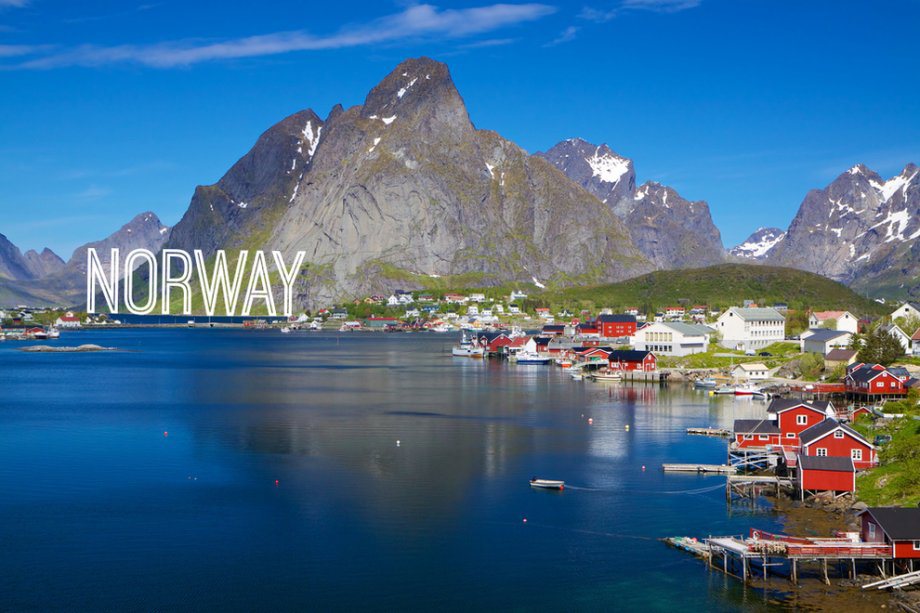



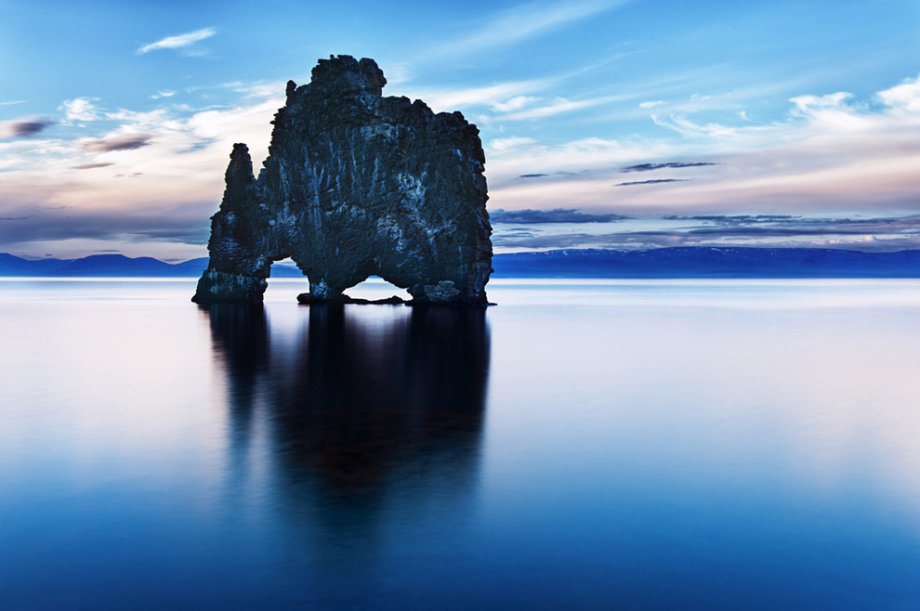



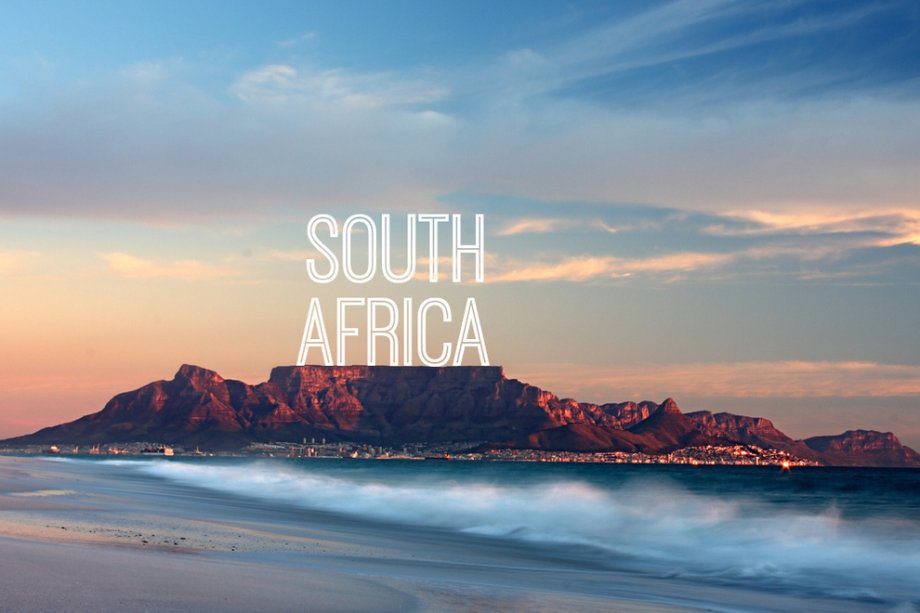

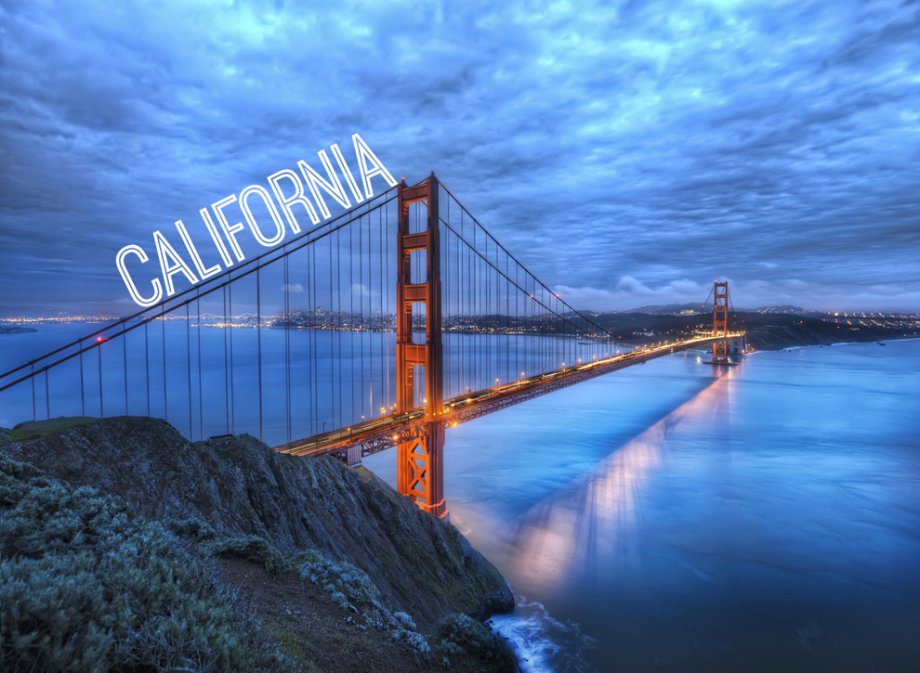
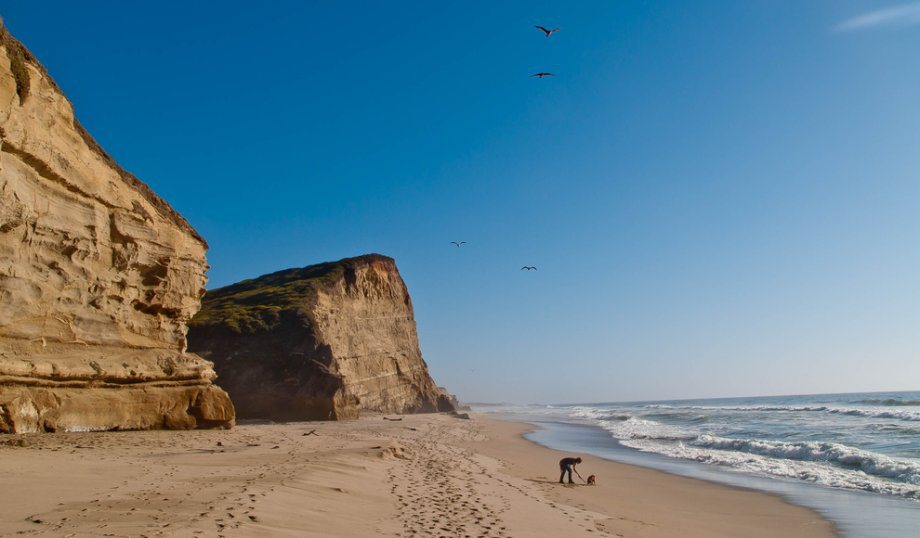




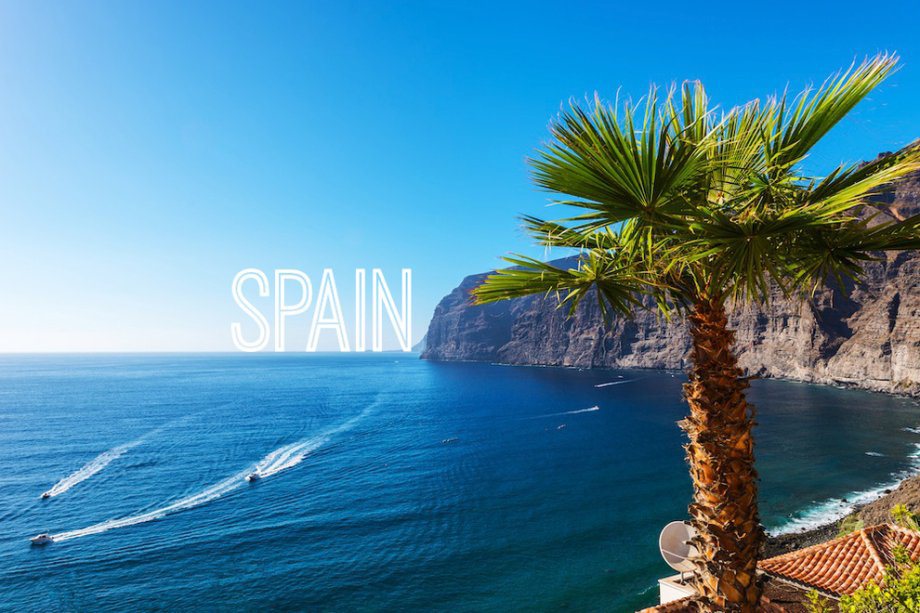







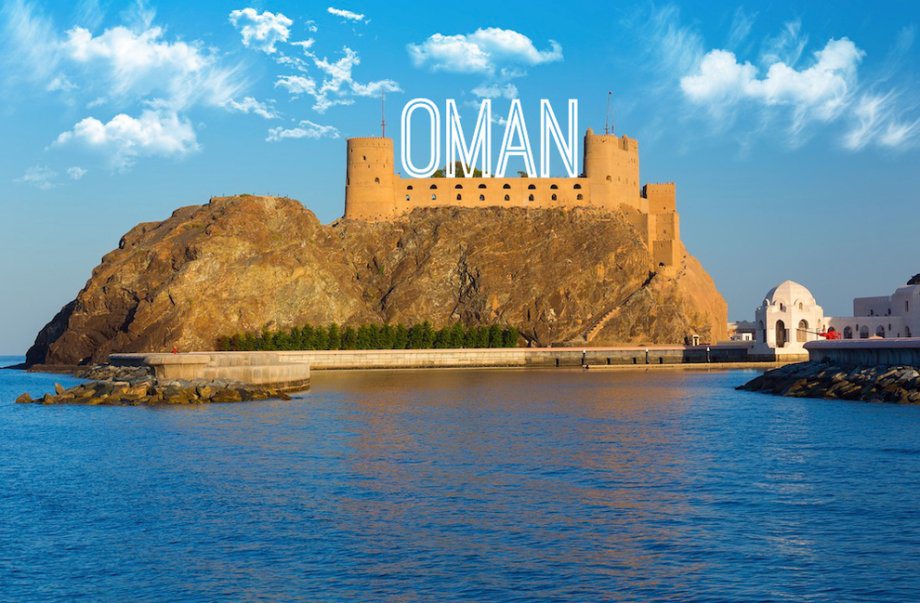













Discussion about this post